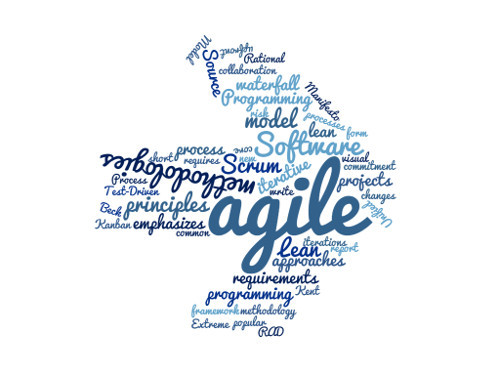The software development methods listed in this software development tutorial aim to improve productivity, code quality, and collaboration.
Previously, almost all software development projects used the waterfall model. Much like the assembly line in a factory, this programming method requires developers to complete one development phase before moving on to the next. It’s highly structured and doesn’t work well when project requirements are in flux.
In recent years, developers have begun to favor more iterative processes that make it easier to accommodate changes in project scope and requirements. Agile software development and its seemingly infinite number of variations have become increasingly common and, according to some surveys, now dominant.
In this guide to software development methodologies, we take a look at the characteristics of ten of the most popular software development approaches, including Agile, hustle, Skinny, Extreme programming and yes, even the waterfall method.
methods of software development
These programming practices aim to improve productivity, code quality, and collaboration.
1. Agile software development
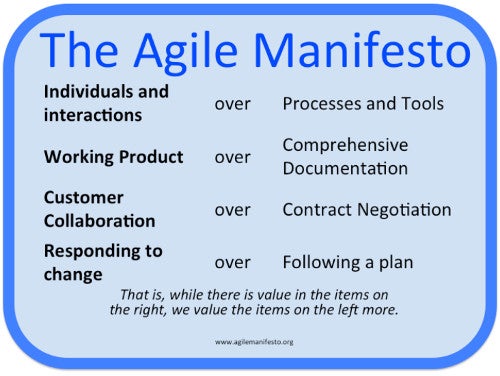
Image source: Agilemanifesto.org
In 2001, seventeen software developers made history by signing the Agile Manifesto. Since then, agile software development has picked up speed. The Agile philosophy is based on twelve core principles that emphasize short iterations, continuous delivery, simplicity, hindsight, and collaboration between end users and developers.
Read: A deep dive into design thinking with agile development
2. Scrum software development methodology
Agile software development comes in many flavors, and Scrum is one of the most popular, with 70 percent of respondents to the State of Agile report saying they practice Scrum or a Scrum hybrid. It is a collaboration framework first invented by Jeff Sutherland in 1993. It breaks complex projects into short two- to four-week sprints and emphasizes the values of courage, focus, commitment, respect, and openness.
Read: What is a scrum team?
3. Lean software development
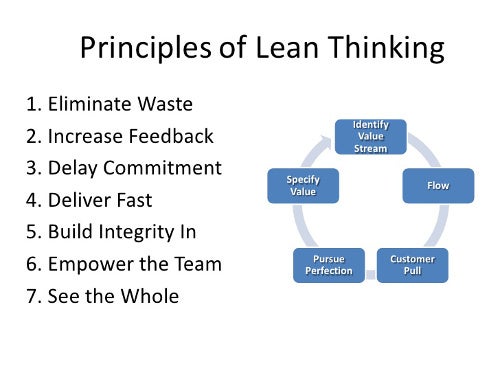
Image Credit: Guy Nirpaz, GigaSpaces Technologies, Introduction to Lean Software Development
Although lean development is commonly associated with agility, lean principles actually grew out of Toyota’s lean manufacturing processes. This development methodology is based on seven key principles: Eliminate Waste, Increase Feedback, Delay Commitment, Deliver Fast, Build Integrity, Empower the Team, and See the Big Picture. Lean first caught the attention of the software developer community in 2003 with the publication of the book Lean Software Development: An Agile Toolkit by Mary and Tom Poppendieck.
4. Kanban
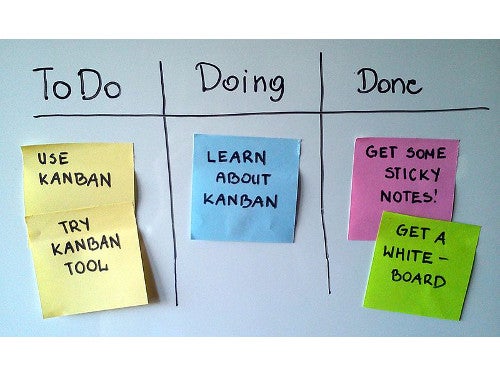
Kanban, another variant of agile software development inspired by Toyota, gives developers a visual way to see what work needs to be done and allows them to “pull” work when they have capacity instead of “putting it in push” to do certain tasks. It’s based on three core principles: visualize what you’re doing today, limit the amount of work in progress, and improve workflow.
Read more about Kanban from Webopedia.
5. Rapid Application Development (RAD)
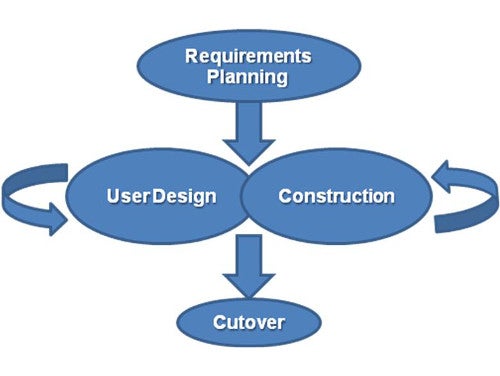
Various approaches to software development have used the over the years WHEEL Surname. The best known is probably James Martin’s methodology, which was developed at IBM in the 1980s. It can be viewed as a form of agility as it emphasizes the ability to adapt to changing requirements and less emphasis on forward planning.
6. Test Driven Development (TDD)
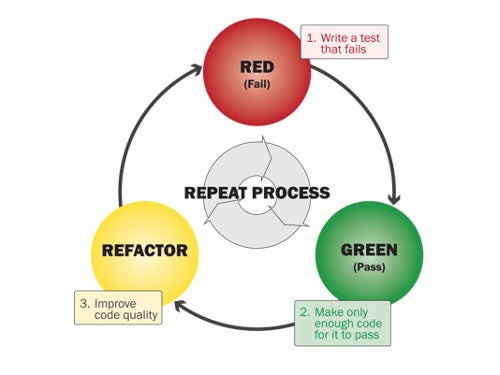
Test Driven Development refers to both agile software development and extreme programming. Developed by Kent Beck and others, this process requires developers to write a test for each new feature before beginning the coding process. It encourages developers to write a minimal amount of code.
7. Extreme programming
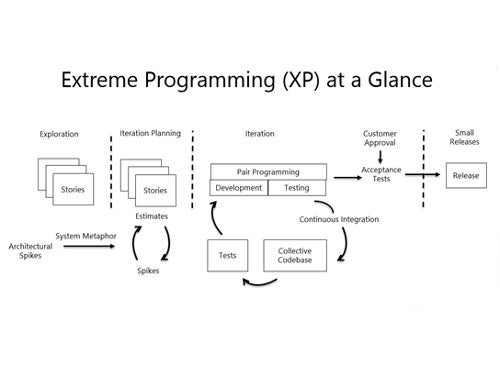
This form of agile software development — known as Extreme Programming, or XP — relies heavily on pair programming. Like other agile methods, it emphasizes rapid iterations and frequent changes in requirements. It was created by Kent Beck, who was one of the signers of the Agile Manifesto and published a book in 1999 called Extreme Programming Explained: Embrace Change.
Read: What is Extreme Programming?
8. Streamlined unified process
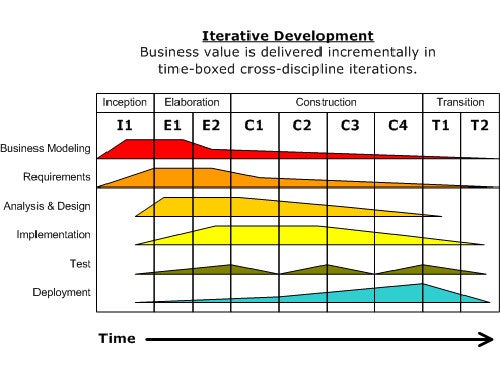
the Streamlined unified process The software development methodology is named after the company that invented it – Rational Software, which IBM bought in 2003. While some programming methodologies are very rigid, the Rational Unified Process aims to be easily adaptable to unique situations. It is an iterative framework that relies heavily on visual models.
9. Spiral model
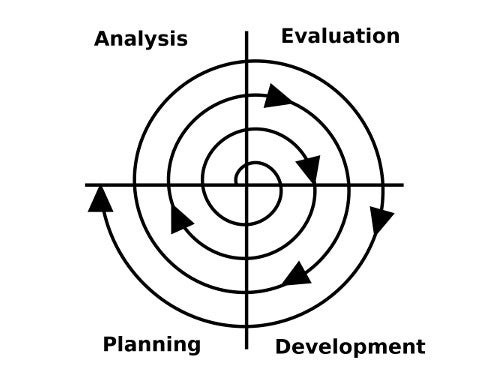
The spiral model, first described by Barry Boehm in the mid-1980s, is a risk-driven model that incorporates elements of waterfall, incremental, prototyping, and other software development approaches. It states that developers should make decisions based on the level of risk and only do enough work to minimize the risk.
Read: The best agile software strategies
10. Waterfall Model
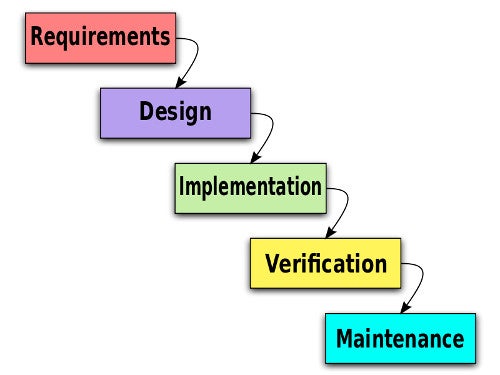
Unlike the other software development methods in this slideshow, the waterfall model is sequential rather than iterative. It was the most common method of software development from the dawn of computers until recently. It is best suited for smaller projects where all design requirements are known in advance.
